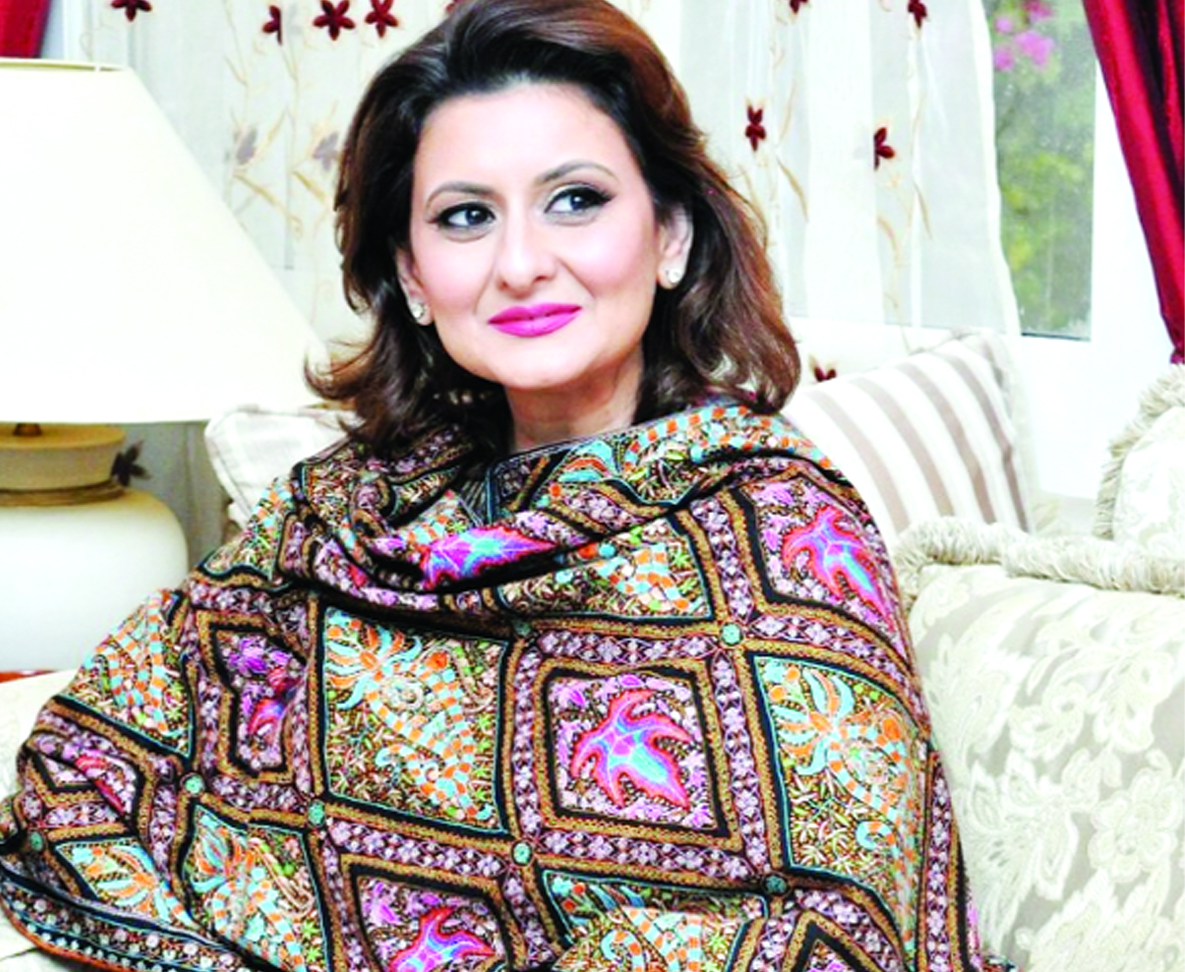Ashok Ogra
In 1497 King Manuel I of Portugal authorized Vasco da Gama’s voyage to India ‘in search of spices’.
Seeing Vasco da Gama’s arrival in Calicut a year later, a Muslim merchant from Tunis asked him in Spanish, “The devil took you, what brought you here?” His succinct reply: “We came to look for Christians and spices.”
(From Nayan Chanda’s ‘Bound Together’- a book filled with fascinating information on and about processes and patterns of globalization).
Had Pashmina (Cashmere) shawls/stoles reached the shores of Europe by that time, perhaps Vasco de Gama may have added the same to his wish list.
According to Marg Publication ‘Pashmina: The Kashmiri Shawl & Beyond’ authored by Janet Rizvi and Monisha Ahmed, the earliest Kashmiri shawl to be appreciated as fashion items in the West were undoubtedly brought around the middle of the 18th Century on the personal baggage of British officials and merchants on their return from India. It is said that Lord Clive carried several pairs of these shawls to England as mementos.
Fine hand woven, Pashmina shawls or Cashmeres as they are known are prized for their beauty and quality. Literally meaning ‘soft gold’ in Kashmiri, the Pashmina wool is specially made from the fur of a distinct breed of goat called ‘Changthangi’ found in the high altitudes of the Himalayas – Tibet / Ladakh. The emperor Akbar had such a fondness for the Kashmiri shawl that he gave it an affectionate nickname ‘parm-narm’, meaning ‘supremely soft’.
Over a period of time it became an object of desire not only for the Mughal emperors and Sikh Maharajas, but also for Indian and Iranian nobles, Armenian merchants, and British aristocrats and eventually for the wealthy bourgeoisie created by the Industrial Revolution on both sides of the Atlantic. It is believed that Napoleon himself presented some to his wife Josephine who took to them in a big way.
However, today the industry is facing a real challenge because of ‘fake’ Pashmina shawls in Kashmiri designs, but made in China, widely and openly sold in Delhi and elsewhere. Compounding the problem is shortage of weavers with most youngsters hesitant to join the trade of their ancestors. It isn’t that the craft is coming to an end but the finer things seem to be dying out?
Like many others, Divya Taimni, a proud Kashmiri Pandit businesswoman based in Dubai, found Pashmina shawls reflecting all that is exceptionally good about artisan industry in Kashmir and thus need to be revived and promoted at a global level.
‘I wanted to do something which showcases the beautiful heritage we have in Kashmir. I am filled with a lot of pride that my home state of Kashmir has immense talent and creativity.’
Born into the family of Muttoos of old Delhi (her ancestors migrated from the valley almost over 100 years ago), Divya did her schooling and college from Delhi before moving to do her Business Management from the reputed University of Berkeley, California.
‘Growing up in a family fond of its Jamavars and Pashmina shawls, I had the good fortune of being inducted into this world from a very young age. The importance of quality Pashmina, designs, intricacies of handwork and colors used were details my mother was very acutely observant of. Because of all the many evenings spent analyzing shawls and the art behind it, I developed interest and an eye for the same,’ she explains.
Both Divya and her Kashmiri husband Rajiv Taimni have been living an expat life in Dubai, Singapore, California and Luanda because of which she had the advantage of interacting with international women from around the world. It was this interaction that made her realize the importance of cherishing one’s roots while embracing a modern interpretation. It is this that led to the launch of brand ‘INAAYAT’ in 2016.
What fascinates Divya about shawls and stoles is their ‘ability to showcase a modern woman’s personality. Whether elegant, flirtatious, bohemian or regal, I admire how expressive these ornate accessories can be. The very manner with which a woman carries her shawl or stole can showcase so much about her.’
Divya takes care to curate each shawl and stole herself to ensure it reflects high standards of beauty, elegance and perfection.
She has participated in major exhibitions including the recently held ‘Catwalk IFS’ – International Fashion Show – a much awaited event in UAE wherein top designers from the region and also from Netherland, Ukraine, Egypt, etc. showcase their creativity and talent .
Divya credits her success to her husband Rajiv and acknowledges the support she receives from her daughters: Nikita who takes care of all our e-commerce, PR & social media related work and Devina.
To help the Pashmina industry grow further and capture new markets, Divya strongly believes in developing rapport with the weaver community:
‘Artisans well-being is also an integral concern that I constantly keep in mind and at every step I try my best to help support them.’
It is only when the industry thrives will the Changpa people that rear these unique animals continue reciting the song while gently combing the pashm from their goats, taking care not to hurt them:
“For the grass that you have just eaten, oh goat,
Give us some good pashm.
For the water that you have just drunk, oh goat,
Give us some good pashm.
Sit down on the grass and be still, oh goat,
So that we can take out your pashm.”
As beautifully summed up by the art historians Janet Rizvi and Monisha Ahmed: “Let the rich and famous the world over clothe themselves in cashmere. The truly discriminating – like Akbar, like Josephine, like Ranjit Singh -will always seek out Kashmiri’s Pashmina shawls.”
INAAYAT is a small step in that direction.
The author is a former Regional Director of Discovery Channel (South Asia).
Trending Now
E-Paper


